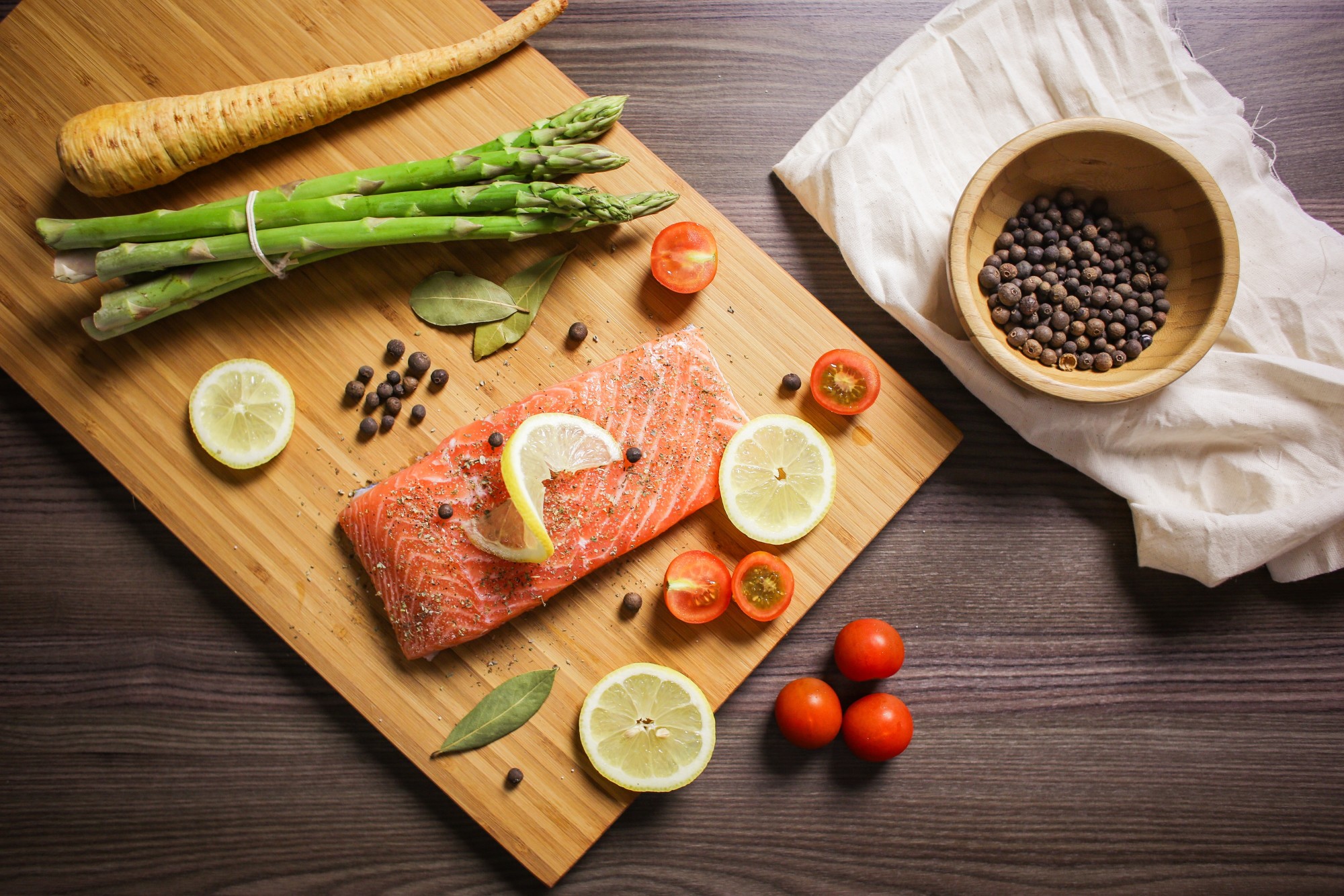Salmon is one of the most beloved foods out there. Not only is the fish affordable and delicious, but it has a number of great health benefits. Salmon is filled with omega-3 fatty acids, which most people don’t get enough of.
But you may find yourself in a dilemma next time you’re at the seafood counter of your local grocery. All salmon isn’t created equal, you see.
When you visit the grocery store, you might notice that some of the salmon on sale was bred in fish farms. Other options might have been caught in the wild. But what’s the difference between wild vs farmed salmon? Should you opt for one over the other?
Read on and we’ll walk you through what you need to know.
Differences in Origin
Where does each kind of fish come from? The names of each origin make it easy to keep track of, but there are more details to be aware of.
When we talk about wild salmon, we’re talking about salmon that was caught in the ocean, or in rivers and lakes. These wild salmon live whole life cycles, eat other animals and breed until they’re caught by fishers.
Today, almost half the salmon sold worldwide actually comes from fish farms. That’s a huge increase over what was a small fraction just a decade or two ago. Fish farms are controlled water environments where fish are bred for human consumption. This special process is known as aquaculture.
Unlike their brethren in the wild, farmed salmon are given a processed and high-fat feed to consume. They don’t eat other organisms. This feed is intended to help produce larger fish.
Is One Kind Healthier for You?
When you’re shopping at the grocery store, there are probably two main factors you’re considering: nutrition and cost. We want to be healthy, but we also don’t want to break the bank.
When it comes to wild and farmed salmon, there’s much talk of the advantages on either side. Farmed salmon is usually cheaper than the wild variety. But that’s because farmed salmon poses a number of possible health risks that you should absolutely be aware of.
The Nutritional Breakdown
The nutritional make-up of wild and farmed salmon differ greatly thanks to the very different diets they have.
Farmed salmon is much higher in fat. It contains slightly more omega-3s, much more omega-6 and a huge amount of saturated fat. It also has 46% more calories on average then wild salmon. It also usually has a higher concentration of Vitamin C.
Wild salmon, on the other hand, has higher levels of minerals like zinc, potassium, and iron. They are generally considered to be more nutritional overall. Wild salmon has a more robust content of vitamins and minerals per calorie when compared with farmed fish.
Plus, wild salmon contains the antioxidant astaxanthin, which can help improve muscle endurance and strength. This is the same antioxidant that helps to give salmon their pink color.
Understanding Omegas
Most people get confused about the health benefits of farmed salmon when discussing the omega amino acids. After all, omega-3 and omega-6 are essential fatty acids, and you need both in your diet.
But there is too much of a good thing. An excess of these fatty acids can actually lead to health problems instead of benefits. It can lead to heart problems, including inflammation and heart disease.
Wild salmon still contains a healthy amount of omega-3 and omega-6. It just contains them at a more reasonable ratio. While eating either kind of salmon will help improve a person’s omega intake, eating farmed salmon actually poses the risk of taking things too far.
Contaminants and Antibiotics
The environment that a fish is raised in has a serious effect on its value. Fish often ingest potentially harmful contaminants from the water and foods that they eat. On average, farmed salmon are found to contain much more contaminants than wild salmon.
These contaminants can vary in terms of content. They can be pesticides, dioxins, or polychlorinated biphenyls, which can contribute to cancer development. The EPA has released guidelines that suggest people eat farmed fish only once a month due to this risk.
The high density of fish in aquaculture also makes fish more susceptible to disease and infection than wild fish. Excrement and uneaten food can accumulate in close quarters, allowing bacteria and parasites to take root.
The last thing you want to do is eat an infected fish for dinner. But fish farmers understand that. To combat this problem, antibiotics are frequently added to farmed fish feed. But this is its own issue in and of itself.
This antibiotic use is frequently unregulated and potentially harmful to consumers. Traces of antibiotics can cause allergic reactions or weaken a human’s risk of antibiotic resistance.
In some countries, the use of antibiotics on fish farms is well regulated. But in some countries, including some of the biggest salmon exporters, regulation is extremely limited. It’s advisable to buy fresh salmon where the risk of antibiotic use isn’t present.
Understanding Wild vs Farmed Salmon
Many people don’t know anything about the differences between wild vs farmed salmon.
But if you don’t take the time to understand, you might be putting yourself or your family at risk. Farmed salmon has a number of potentially dangerous risks. It’s much more advisable to purchase wild salmon, even if it’s at a higher price tag.
Have more questions about getting the healthiest seafood for your family? We’re available anytime to chat.



Recent Comments